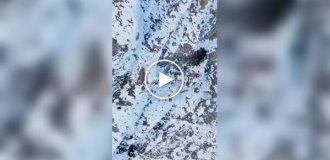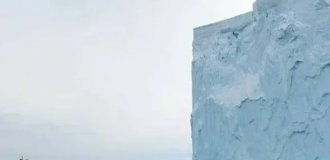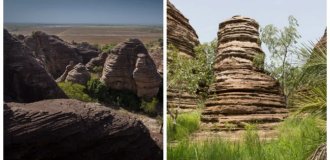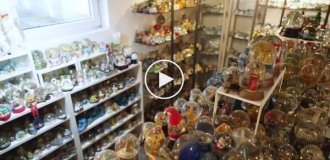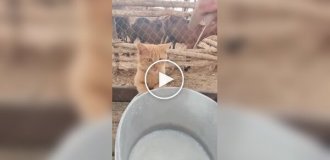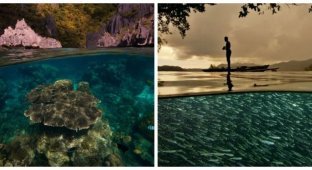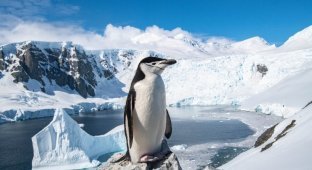Antarctica is rapidly turning green (6 photos)
Here are the environmentalists saying: forests are being cut down, our planet is losing vegetation, and then Antarctica is like: "Now I'll show you something!" 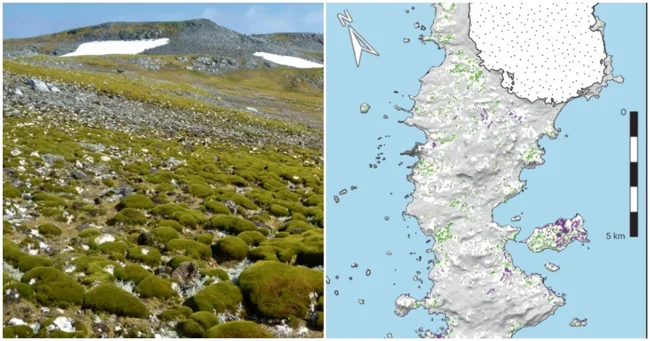
So don't throw slippers at me! What's the difference between Antarctica and Antarctica? In fact, they are the same thing. Only Antarctica is the name for the natural zone, and Antarctica is the continent on which it is located.
Well, that's what I was talking about, oh yeah, about greening. 
Moss lawn or carpet, Barrientos Island (62° south latitude)
Scientists decided to compare satellite images from the last forty years and suddenly found out that the vegetation cover on the Antarctic Peninsula has increased more than tenfold. The main territory is dominated by snow, ice and rocks, and only a small part of the territory is inhabited almost exclusively by mosses. So these mosses have gone on the offensive and are confidently subduing new places. 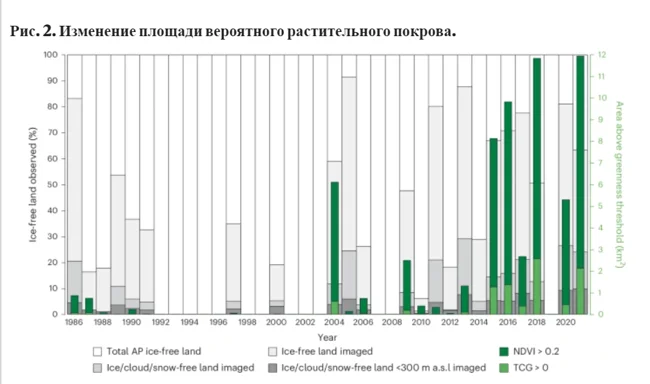
Vegetation cover across the peninsula was found to have increased from less than one square kilometre in 1986 to almost 12 square kilometres by 2021. 
Moss tussock on bare rock, Norsell Point (64°S).
A study published in the journal Nature Geoscience found that the trend towards greening has accelerated over the past decade by more than 30% compared to previous periods, with the area of greening increasing by more than 400,000 square metres per year.
Dr Ollie Bartlett, from the University of Hertfordshire, said the extent of greening is likely to increase. 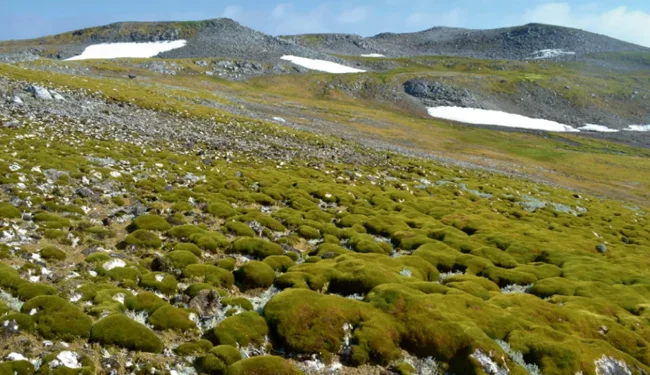
Moss tussocks, Ardley Island (62°S)
"Antarctica has mostly poor or non-existent soil, but increasing plant growth will add organic matter and help build soil, potentially opening the way for other plants to grow. This increases the risk of non-native and invasive species being introduced by ecotourists, scientists, or other visitors to the continent." 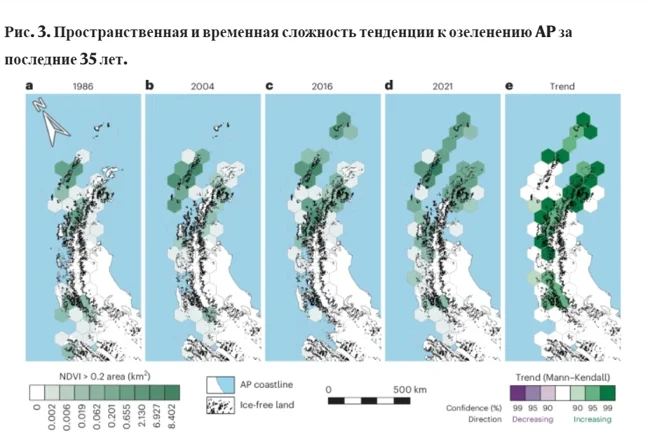
Researchers are currently studying how recently deglaciated (ice-free) landscapes are colonized by plants and how this process might play out in the future.

